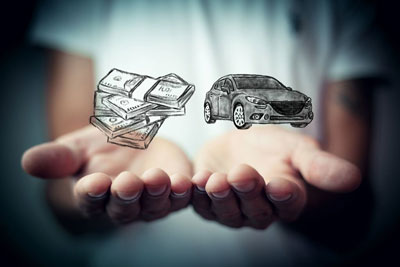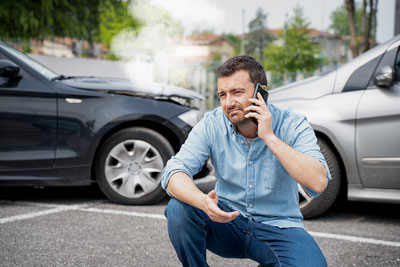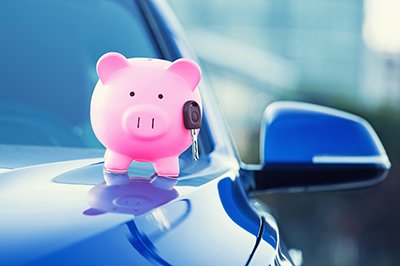Click below to listen to our Consumerpedia podcast episode on how to shop for auto insurance.
Most drivers stick with the same auto insurance company year after year, and that’s often a costly mistake. They don’t shop for lower rates because they believe most companies charge about the same prices or conclude that the steep discounts they get (for their loyalty, or lack of speeding tickets or accidents) mean they won’t find better pricing elsewhere. But they’re wrong: Insurance companies charge vastly different rates for the same families and policies, and although you might be getting a price break from your current company, its competitors will also probably offer you deals to gain your business.
We compared prices charged by insurers operating in the Bay Area for six illustrative policyholders and found that most area drivers can save hundreds of dollars every year by making better auto insurance choices—many will save more than $1,500. For example:
- One of the illustrative couples, with two cars living in Palo Alto and with clean driving records, would pay $3,063 per year with Wawanesa, $3,080 with Auto-Owners, $3,420 with Progressive, or $3,451 with Travelers, compared to $5,764 with Farmers, $5,907 with MAPFRE/Commerce West, $6,998 with Chubb, and $7,609 with Liberty.
- The older couple with two cars living in Fremont and with clean driving histories would pay $2,023 per year with Wawanesa, $2,138 with Mercury, or $2,172 with Auto-Owners, compared to $4,011 with Liberty, $4,364 with Farmers, $4,920 with MAPFRE/Commerce West, and $5,089 with Chubb.
- For a family living in San Francisco with two cars and clean driving histories and a teenager on their policy (gulp!), annual premiums are $4,518 with Auto-Owners and $4,945 with Wawanesa, but more than $10,000 per year with Chubb, Esurance, Farmers, and Travelers, and a whopping $28,986 with Kemper.
You don’t have to wait until your current policy term expires to switch and save. If you change companies, your old insurance company must refund the unused share of any prepaid premiums. You also don’t have to forsake good service for a better rate: Our ratings reveal that some highly rated companies offer low rates.
We compare the companies for price and quality. Because we found that small differences in policyholder characteristics can have big effects on some companies’ premiums, be sure to check rates yourself.
You want to buy enough coverage to protect yourself—but not so much that you’re wasting money. We advise on that, too. The highlights:
- Maintain the highest deductible amount with which you’re comfortable.
- Be vigilant that your coverage doesn’t lapse.
- Consider dropping collision and comprehensive coverage when your car’s value drops below $5,000.
- Find out how much more it will cost to raise limits beyond standard coverages. It is usually inexpensive to increase limits for liability coverage above standard amounts.
- Carefully consider the extras. Some optional coverages aren’t worth much, but companies charge a lot for them.
- For repairs, insist on using a top shop. Click here for our latest evaluations of auto body shops.





